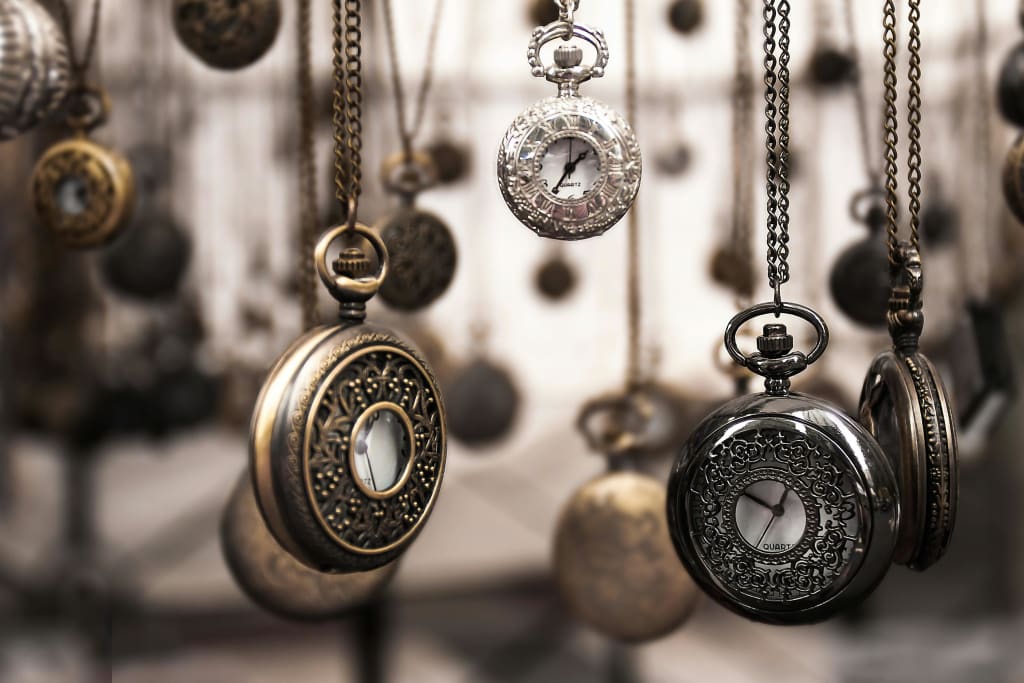Antique Appraisals: How to Determine the Value of Your Treasures
A guide to help you determine the value of your antiques

Antiques have a unique charm and historical significance that captivates collectors and enthusiasts alike. Whether it’s a piece of furniture, a delicate porcelain vase, or a rare painting, understanding the value of your antique treasures is essential. An accurate appraisal not only helps in determining the monetary worth but also provides insight into the historical and cultural importance of the item. Here’s a comprehensive guide on how to determine the value of your antiques.
Understanding What Makes an Antique Valuable
The value of an antique is influenced by several factors including age, rarity, condition, provenance, and market demand.
1. Age: Generally, an item is considered an antique if it is at least 100 years old. The older the item, the more valuable it can be, especially if it represents a significant historical period.
2. Rarity: The scarcity of an item significantly boosts its value. Limited edition pieces, items from defunct manufacturers, or those with a unique history are often more sought after.
3. Condition: The state of preservation plays a crucial role in determining value. Items in mint condition or those that have been well-maintained over the years are more valuable than those that show signs of damage or extensive wear.
4. Provenance: The history of ownership, or provenance, adds to the value. Items with a well-documented history, especially those linked to notable individuals or events, are highly prized.
5. Market Demand: Trends in the antique market can fluctuate. Some items may become more valuable due to current trends, while others might lose their appeal. Keeping an eye on market trends is essential for understanding the current value of an item.
Steps to Appraising Your Antiques
1. Research
Begin with thorough research. Try to collect as much information as you can about the item. Look for markings, labels, or signatures that can provide clues about its origin. Use reference books, online databases, and auction records to compare similar items and their selling prices. Websites like Sotheby’s, Christie’s, and eBay can be valuable resources for finding comparable sales.
2. Consult Experts
Engaging with professional appraisers or experts in the field can provide an accurate assessment. Professional appraisers have the expertise and resources to evaluate the age, authenticity, and value of antiques. They can also provide a detailed appraisal report, which is useful for insurance purposes or future sales.
3. Attend Antique Shows and Auctions
Visiting antique shows, auctions, and fairs can give you a better understanding of market trends and pricing. Observing what similar items are selling for and engaging with dealers and collectors can provide practical insights into the value of your antiques.
4. Evaluate Condition and Authenticity
Carefully assess the condition of your antique. Look for any damages, restorations, or repairs, as these can affect the value. Authenticity is also crucial. Ensure that the antique you are looking at is real and not a reproduction. Expert appraisers often use tools like UV lights and magnifying glasses to check for authenticity and hidden repairs.
5. Document Everything
Keep detailed records of your antiques, including photographs, purchase receipts, and any appraisal reports. This documentation is invaluable for future appraisals, insurance claims, and potential sales.
Common Pitfalls to Avoid
1. Depending on Emotional Value: Emotional attachment can blur judgment. While an item may hold sentimental value, it does not necessarily translate to market value.
2. Ignoring Professional Appraisals: Over-relying on online research without consulting professionals can lead to inaccurate valuations. Professional appraisers provide an unbiased and informed perspective.
3. Neglecting Market Trends: Market demand can change. What was valuable a few years ago might not hold the same value today. Staying informed about current market trends helps a lot.
Conclusion
Appraising antiques is a blend of art and science, requiring a keen eye, thorough research, and professional insight. Understanding the factors that influence value and following a systematic approach can help you accurately determine the worth of your treasures. You can find some of the best antiques from TrueGether, also considered the best eBay alternative to buy and sell what you need. Whether you’re a seasoned collector or new to the world of antiques, an accurate appraisal ensures that you appreciate the true value of your cherished items, preserving their legacy for future generations.
About the Creator
Ruby
I am an enthusiastic writer with a pinch of creativity. I write compelling stories that will leave you astounded and satiated at the same time.
Enjoyed the story? Support the Creator.
Subscribe for free to receive all their stories in your feed. You could also pledge your support or give them a one-off tip, letting them know you appreciate their work.





Comments
There are no comments for this story
Be the first to respond and start the conversation.